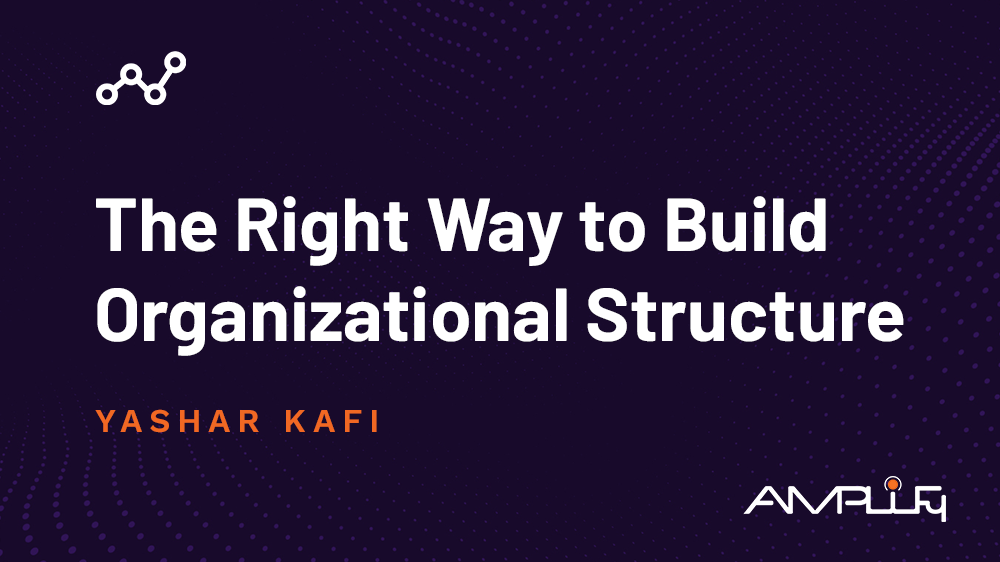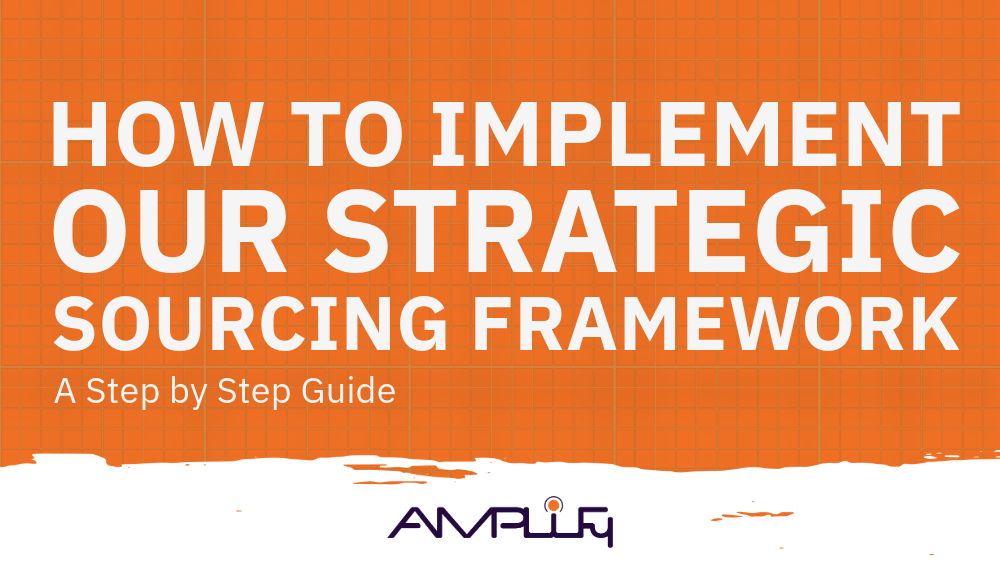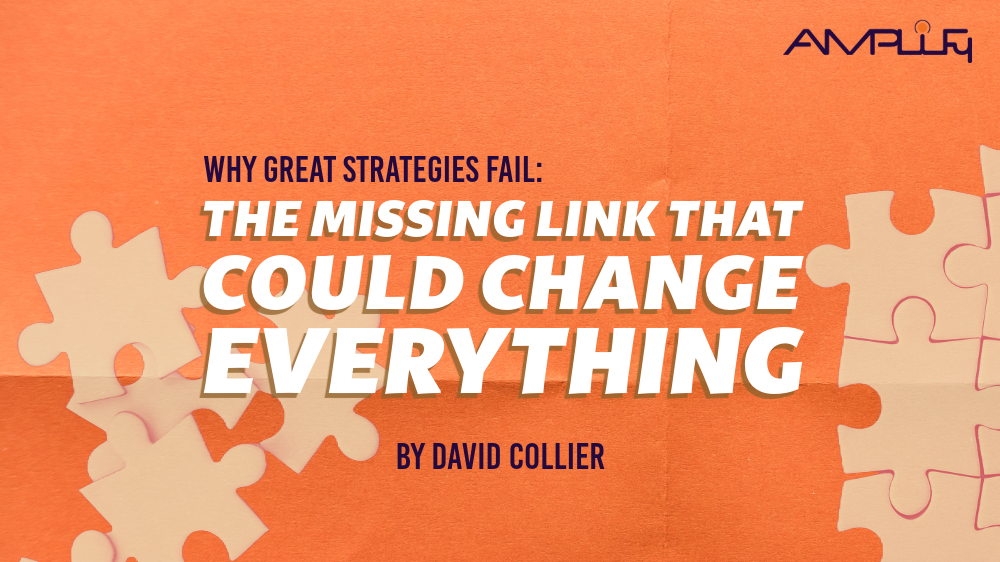The Right Way to Build Organizational Structure
There are two chefs squaring off in a competition to be assessed by a panel of expert judges. Each of these chefs is at the culinary forefront of their respective cuisines—their technical abilities are unrivaled. However, there is an important difference between them. When the competition kicks off, the first chef immediately turns to confer with his sous-chef and, together, they plan out the course of their meal. In contrast, the second chef has no sous-chef, nor does he do any level of planning. He sprints around the kitchen, grabbing items seemingly at random. The chefs begin to cook, and when the buzzer finally sounds, they present their meals to the judges.
The question is: which one of these chefs do you think wins the competition—and why?
The most important factor for future success lies in processes as opposed to outcomes. Intuitively, we know this: how many times have we gotten lucky on a project—or, even worse, failed to get the results we hoped for—only to realize later that the
issue all along was bad process. The phrase “plan for future success” is a cliché for a reason. When it comes to your objectives and goals, creating a solid foundation upon which to build your organization is critical. As the example of the two chefs demonstrates, intuition is important, but it must go hand in hand with a well-thought-out plan.
This is why there is, perhaps, no process more important than building the appropriate organizational structure for your company. Organizational structures
come in many forms: from the hierarchical, top-down structures many of us are familiar with, to horizontal or even divisional structures. But no matter which organizational structure your company wants to adopt, it is important that you understand the foundational aspects of organizational structures to maximize your future success.
The
Community Toolbox at the University of Kansas offers three key elements for building the right organizational structure for your company. Present in any successful organization, these elements allow companies to develop frameworks to keep the entirety of their organizations motivated and organized. It helps dictate how leadership is chosen, how decisions are made and how employees are accepted.
The first element to address is governance: how are decisions arrived at and who is making them? There are a myriad of ways in which governance can be allocated—a board of directors, a CEO/principal share owner and more. But the fundamental purpose of governance
is to institute accountability among the various stakeholders across your organization. Without clear lines of communication and expectations surrounding who makes decisions, it will be difficult to achieve your goals.
Next, there needs to be a fundamental conversation around the implicit and explicit norms of your organization. These norms are essential to your company’s wellbeing as they are the building blocks upon which a solid company culture is founded. Do you have explicit expectations about when employees will arrive at work? What about implicit expectations regarding how they use sick leave? The way you answer these questions
will have an enormous impact on the buy-in of your stakeholders.
Finally, you need to decide how work will be distributed throughout your organization. To help
determine this distribution of labor, it is important to think about the tasks that need fulfilled. All companies need: 1) someone who can help envision the company’s future; 2) someone who will create strategies and goals for the proposed change; 3) people who will help actualize these changes; 4) a base of company supporters who will help spread the word to other consumers and potential clients.
By keeping these three major elements in mind, you can build a solid organizational structure and move your company forward in a unified front. This is not just a way to actualize future success: it is the first step toward building an organization that is built to last, no matter what your company encounters.




